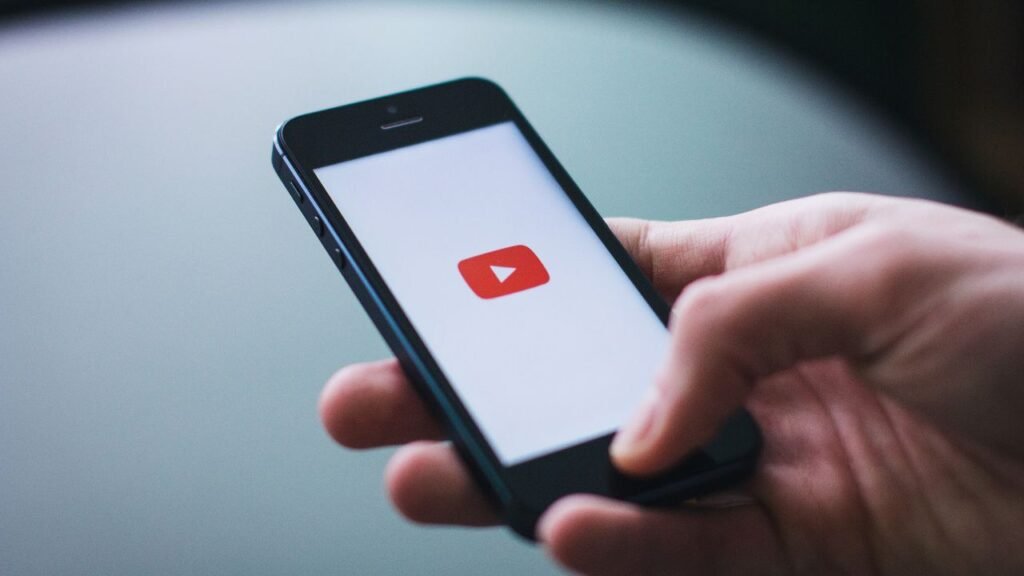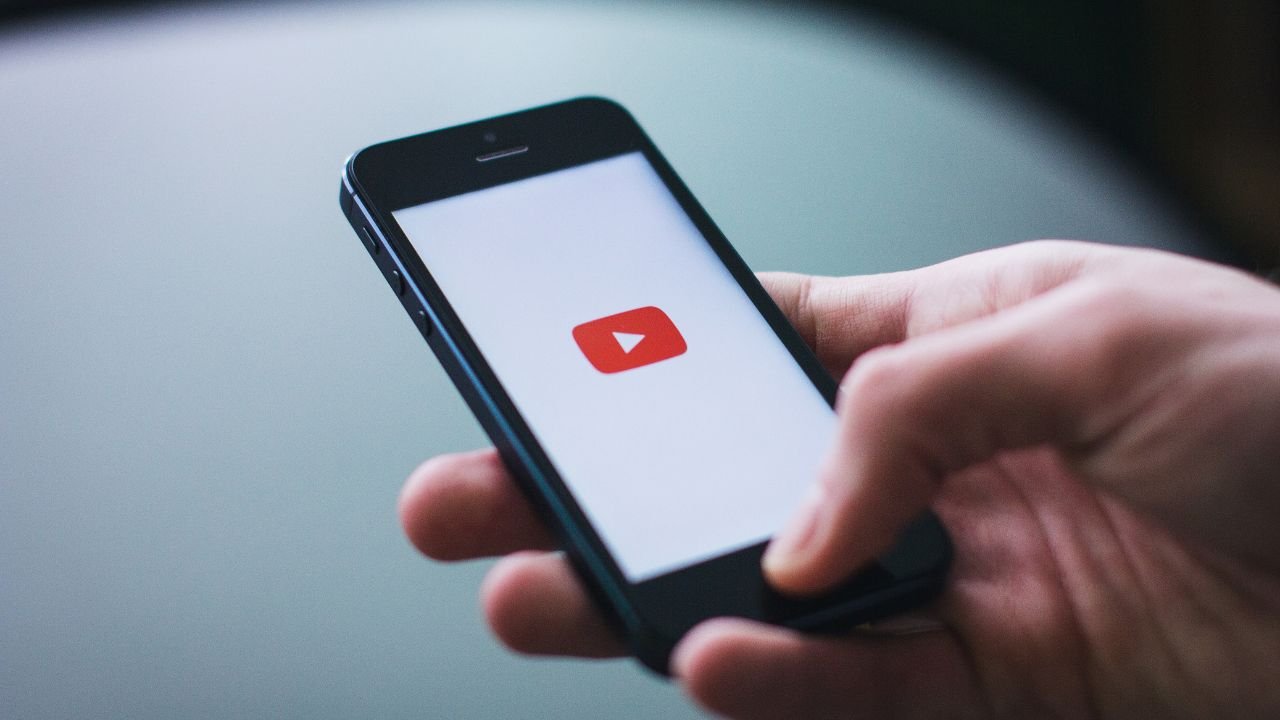The research on the impact of smartphones on learning, behavior, and belonging in the classroom seems clear. Phone use during school hours can create a distraction, become addictive, and underline kids’ chance to connect and achieve their educational goals.
While many people support phone-free learning environments, there’s a good case to make for allowing phones in school. Since we live in a digital world, it’s important for students to learn digital literacy and access instant communication and information for safety, social, and educational purposes. Allowing phones in school enables educators to nurture tech-savvy students who know how to navigate technology safely and responsibly.
Discover these 10 positive reasons why phones should be allowed in school.

1. Breaking the Mold: Embracing Technology in the Classroom
Studies show that using phones as classroom tools can expand students’ learning abilities and break patterns of passive learning.
Educators can help students learn to brainstorm using online mind-maps, study and analyze appropriate web page content, watch educational videos, create learning stations, provide virtual assignments, and teach students how to use research sources online.
2. Always Connected: The Lifeline of Instant Communication
While phones can create scandal, drama, or cyberbullying opportunities, phones also can offer instant communication. Students with smartphone access can connect with parents, friends, and teachers if they need help and support. Allowing phones in school can also save lives if an emergency occurs.
3. Learning Reinvented: Educational Apps and Tools at Your Fingertips
Given the right structure and support, students can boost their learning opportunities with virtual tools that enhance learning. It’s a proven fact these apps and tools can create more intuitive learning, personalize content, provide them with a wealth of knowledge and information, and provide fun exercises to make students active participants.
4. Preparing for the Future: Integrating Digital Literacy into Education
Teaching and promoting digital literacy can help students identify credible resources, find new ways to solve problems, identify learning gaps, promote active engagement, and gauge comprehension.
There are multiple practical ways that educators can embed digital literacy in the classroom.
These include using interactive content, creating online assessments and feedback, providing supplementary activities or materials online, showing videos for visual learning purposes, employing foreign language or mathematics apps to enhance learning, and using an educational platform to help students stay organized and on track with their academic responsibilities.
5. Parental Involvement: Bridging the Gap Between School and Home
Teachers aren’t the only ones with a responsibility to teach digital literacy. Both parents and educators should help educate kids on safe and responsible phone use. If students receive a consistent message about phone usage at school and home, they are more likely to respect set boundaries and become more engaged in learning.
6. Real-World Research: Accessing Information on the Fly
While physical libraries have their benefits, enabling students to use phones in school increases their access to real-world research. Many libraries and educational sites offer articles, e-books, and other educational content online to give students fast, easy access to information that they need to succeed in school.
7. Emergency Preparedness: The Role of Phones in Crisis Situations
If a crisis occurs at school, phones play a huge role in alerting police, ambulance, or fire department services. Phones also enable parents to use GPS tracking to locate and communicate with their children in an emergency.
8. Foster Independence: Teaching Responsible Phone Usage
It’s important to foster students’ budding technological independence while helping kids learn how to use phones responsibly.
Teachers can encourage healthy habits by setting time limits on phone use, limiting phone use to educational apps and tools, and instructing children about online safety.
9. Equal Access: Mitigating Socioeconomic Disparities
Studies show that certain student demographics have lower internet or computer access at home than more socioeconomically privileged students. Students may also have difficulty accessing physical libraries or may lack a quiet study environment at home.
Allowing students to use their phones at school can give them equal access to research that they might not access on their own due to lack of transportation or other disadvantages. This can help level the playing field for ethnic minorities and those with socioeconomic disparities.
10. Future-Ready Graduates: Nurturing Tech-Savvy Students for Tomorrow’s World
Digital literacy is a lifelong skill in our internet age. Rather than banning phones in the classroom and turning them into forbidden objects, it’s important for educators to focus on the positive educational benefits that phone usage can provide in a learning environment.
It’s up to us to teach them healthy, safe, and responsible habits that will help them become better students and give them the technological savvy, tools, and critical thinking skills that will serve them well for the rest of their lives.

